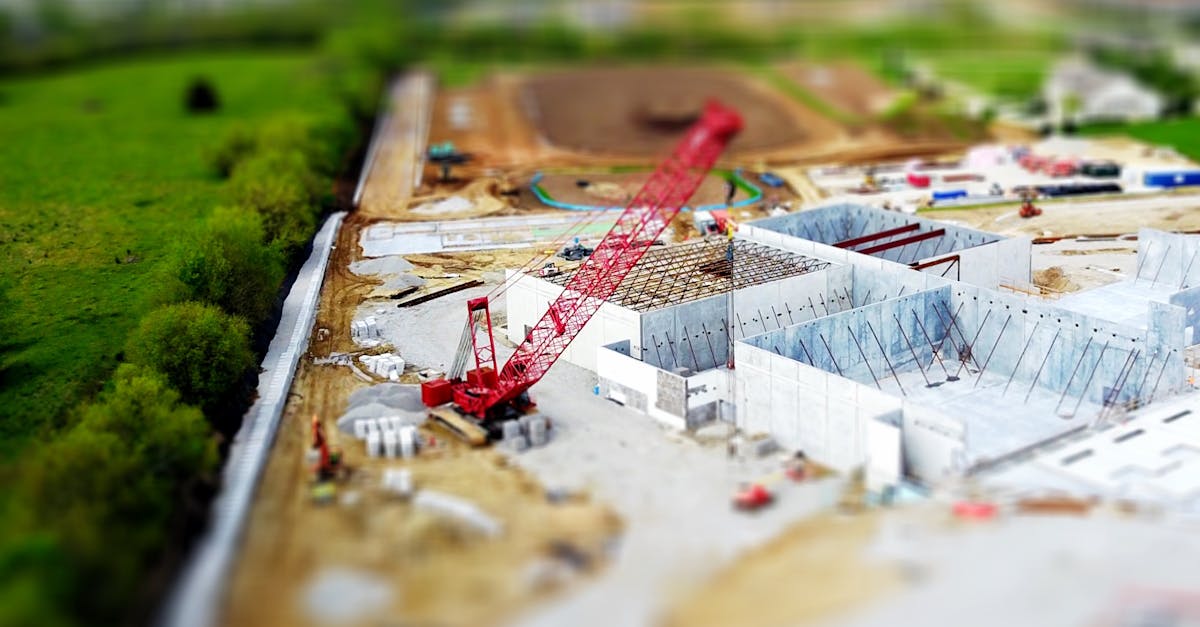
GPS surveying methods have revolutionized the way professionals conduct topographical assessments, merging precision with efficiency. Gone are the days of time-consuming measurements and complex calculations; modern technology allows surveyors to capture accurate geospatial data faster than ever. Explore how these innovative techniques are shaping the future of land mapping, enhancing project outcomes across various industries.

In today’s world, GPS surveying methods have emerged as a cornerstone for precision and efficiency in topographical assessments. These revolutionary techniques play a vital role in transforming the way land is mapped and measured, allowing for a level of detail and accuracy previously unattainable. This article explores various GPS surveying methods and their significance in modern surveying practices.
What is GPS Surveying?
The Global Positioning System (GPS) is a satellite-based navigation system that has made significant strides in various industries, particularly in surveying. GPS surveying utilizes satellite signals to accurately determine the geographic location of survey points. Through different techniques, professionals can obtain reliable data for a myriad of applications, from construction to environmental assessments.
Significant GPS Surveying Techniques
There are various methods employed by surveyors to harness the power of GPS technology. Below, we explore some of the most prevalent techniques:
1. Static GPS Surveying
Static GPS surveying involves positioning receivers that collect data from satellites simultaneously over a prolonged period. This technique is renowned for its high precision and is usually utilized for establishing control points and determining the exact coordinates needed for survey points.
During this method, the receivers are fixed in place, allowing them to gather satellite data continuously. By processing this information, surveyors achieve an accurate representation of the surveyed area. The longevity of observation plays a crucial role in ensuring the reliability of the data collected.
2. Fast Static GPS Surveying
As the name suggests, fast static GPS surveying is a variation of traditional static surveying. In this method, GPS observations are collected for a shorter duration while still maintaining high accuracy. It is ideal for projects that require swift survey results without compromising precision.
Surveyors can carry out these assessments within a limited time frame, making this method suitable for expedient planning stages in various construction projects. The rapidity and accuracy make it a favored choice among surveying professionals.
3. Kinematic GPS Surveying
Kinematic GPS surveying entails data collection while the receiver is in motion. This method is advantageous for real-time data collection and is extensively used in mapping roads, highways, and dynamic environments. Surveyors utilize moving receivers to rapidly gather location data, which adds to the overall efficiency.
This approach allows for immediate feedback on the geography being surveyed, which is critical for timely decision-making in fast-paced construction environments.
4. Stop and Go GPS Surveying
In stop and go GPS surveying, the receiver temporarily halts at predetermined points to collect data. This technique is beneficial when high precision is required, but access to the survey area is limited. By ensuring the receiver remains stationary at essential locations, surveyors gain reliable measurements.
This method emphasizes the importance of positioning and thorough planning when conducting surveys in challenging terrains.
Comparison of GPS Surveying Techniques
| Technique | Duration of Data Collection | Accuracy |
|---|---|---|
| Static GPS Surveying | Extended Period | Very High |
| Fast Static GPS Surveying | Short Duration | High |
| Kinematic GPS Surveying | Real-time Moving | High |
| Stop and Go GPS Surveying | Point-specific | Very High |
The Importance of GPS Surveying in Various Industries
GPS surveying has quickly become essential across numerous sectors. Its applications have proliferated due to the quest for accuracy and efficiency in data collection. Notable industries that benefit from these techniques include:
- Construction: Construction professionals heavily rely on GPS surveying to plan and execute projects effectively.
- Environmental Monitoring: GPS helps track environmental changes and ensures regulatory compliance.
- Agriculture: Farmers use GPS surveying for precise planting and yield estimation.
- Urban Planning: City planners utilize GPS data to create sustainable cities and manage resources efficiently.
Benefits of GPS Surveying Techniques
The advantages of incorporating GPS surveying techniques are numerous. Here are some key benefits:
- Enhanced Accuracy: It vastly improves measurement precision, which is crucial for successful outcomes.
- Speed: GPS surveying allows for rapid data collection, minimizing project completion time.
- Mobility: Equipment can easily be transported or set up in various locations.
- Flexibility: GPS surveying continues to function under diverse environmental conditions.
The adoption of GPS technology has fundamentally changed surveying, making it a valuable tool for any type of topographical assessment. Professionals equipped with these advanced methodologies can deliver superior results in all phases of project development.
Elevating Your Surveying Projects with GPS
Choosing the right specialists for your surveying needs is vital. Expert teams equipped with the latest GPS technologies can optimize data collection, helping to transform your project’s effectiveness. Leveraging their expertise ensures you receive the highest standards in precision and efficiency, driving your projects to successful completion.
Don’t delay in revolutionizing your topographical assessments with GPS surveying methods. Contact our professionals today to see how we can enhance your surveying processes and drive your projects to new heights!











